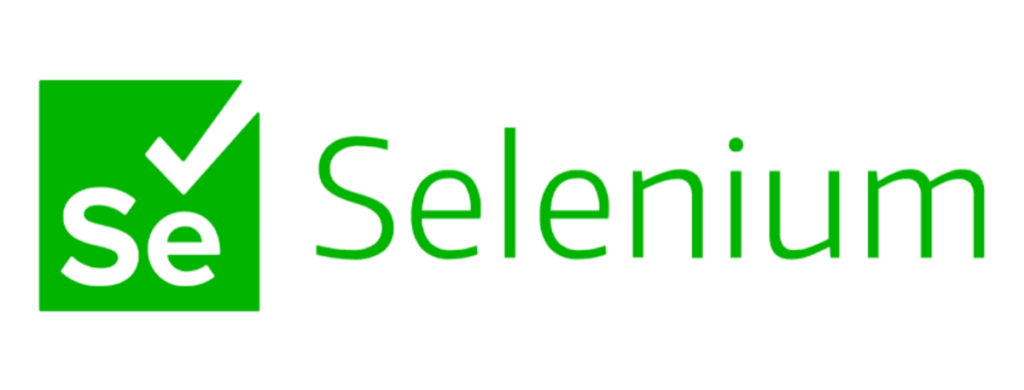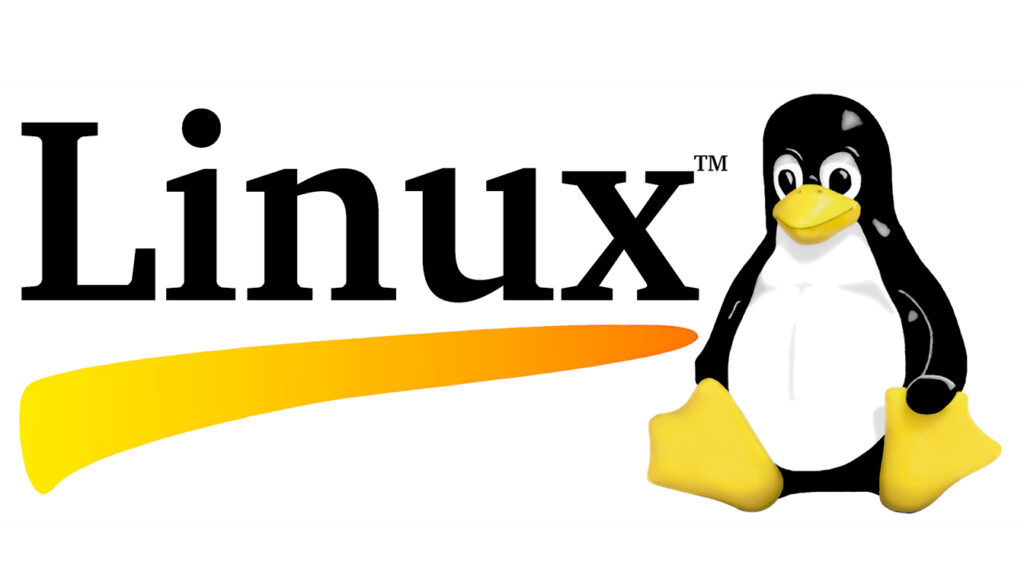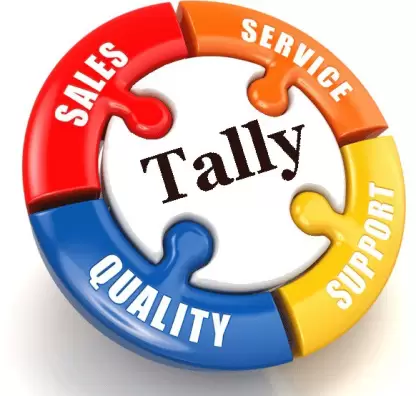
Course Details
- Category
- Cloud Computing
- Mode of Training
- Online/Offline
- Duration
- 3 -4 months
- Fees
- ₹ 2000
Course Features
Instructor led Sessions
Real-life Case Studies
Assignment
Certification
Instructor led Sessions
Microsoft Azure Data Engineer.
Oranium Tech introducing some amazing content on Microsoft Azure. The Azure cloud platform is more than 200 products and cloud services designed to help you bring new solutions to life—to solve today’s challenges and create the future. Build, run, and manage applications across multiple clouds, on-premises, and at the edge, with the tools and frameworks of your choice.
Objectives
The Azure platform aims to help businesses manage challenges and meet their organizational goals. It offers tools that support all industries — including e-commerce, finance, and a variety of Fortune 500 companies — and is compatible with open-source technologies.
Course Syllabus
• Introduction to Azure
• Different segments SaaS, PaaS, and IaaS
• Azure Regions and Data Centers
• Understanding of Microsoft Azure portal
• Introduction to all Azure services
• Windows Azure Subscription
• Setting Up a Trial Subscription
LAB:
• Installation of Azure cmdlets on windows PowerShell
• Operating System Images Supported
• Virtual Machine instances
• Azure VM types and Pricing
• Types of Provisioning
• Disks & Images
• Virtual Machine management, automation and scripting
• Cloud Service and Resource Model Deployment
• Setting up VM in Availability set using Load Balanced Endpoint
• VM Availability using Availability Sets
LAB:
• Creation of VMs with portal, ARM Templates and PowerShell
• Deploying two VMs in Availability Set and load balancing it.
• Types of Azure Virtual Network VNET to VNET, point-to-site and site-to-site, Express Route
• Creating Virtual Networks in Azure
• Azure Subnet and IP ranges
• Endpoints
• Load Balancing Endpoints
• Understanding Network ACL and Network Security Group Setting up Private and Public IP
• Introduction to Azure Traffic Manager
• Available options in Azure Traffic Manager
• Understanding of Deployment Traffic Manager
LAB:
• Create a VET-to-VNET virtual networks
• Create a point-to-site virtual network.
• Create a site-to-site virtual network.
• Load Balancing using Azure Traffic Manager.
• Overview of Microsoft Azure Storage
• Storage Account
• Storage Account Replication Techniques
• Protocols and Consistency Model
• Type of Azure Storage Account
• Storage Services Blob, Table, queue, File
• Azure CDN Services, Managed and Unmanaged Disk
LAB:
• Provisioning Azure Storage services
• Create an Azure Storage Account
• Deploying Blob Storage
• Deploying Table Storage
• Deploying Queue Storage
• Deploying File Storage
• Azure Active Directory Overview
• Self-Service Password Reset
• Azure AD Identity Protection
• Integrating SaaS Applications with Azure AD
• Azure Domains and Tenants
• Azure Users and Groups
• Azure Roles
• Managing Devices
LAB:
• Implement Azure Active Directory.
• Configure Self-Service Password Reset
• Implement Azure AD Identity Protection
• Configure integrated SaaS applications
• Configure domains and tenants, users and groups
• Manage roles and devices
• Migration of OnPrem AD Users to Azure AD
• Configure MFA
• App Service Overview
• App Service monitoring overview
• Web Role and Worker Role
• Lab:
• App Service Plan
• Deploy Web App
• App Service Diagnostics
• Understanding Database as a service
• Difference between SQL server and Azure SQL
• Advantage and Benefits of SQL database Scaling SQL database
• Backup and Performance Options Security in Azure
• SQL Pricing Model
• Azure SQL Data Warehouse
LAB:
• Migrate a database from on premise to SQL Azure
• Azure Vaults
• Configuring backups
• Data Protection Manager
• Azure Site Recovery and Disaster Recovery
• On Premise Migration using Recovery Services
LAB:
• Configure a Recovery Service Vault and backup files from on premise to cloud
• Site Recovery of a VM
• Back up of a VM
• Introduction to Azure ARM Templates and its content
LAB:
• Deploying ARM Template with PowerShell
• Serverless Computing, Functions and Logic Apps
LAB:
• Logic Apps
• Creating a Function App
• App Settings
• Deployment Slots
LAB:
• App Settings
• Deployment Slots
• Introduction to Azure Data Factory
• Core Concepts – Data sets, Pipelines and activities, Scheduling and execution
• Run Samples – Customer Profiling
• Moving Data, Transformation and Analysis
• Monitoring and managing the Pipelines
• Common Use Cases and Samples
LAB:
• Orchestrating the On-Prem data from SQL DB to Azure DB by creating a data pipeline using Blob
storage
• Introduction to Azure Container Service
• Overview of Containers
• Introduction to Azure Container Registry
• Azure Kubernetes Services
• Introduction
LAB:
• Deploy an Azure container registry
• Build a container image using Azure Container Registry Tasks
• Deploy the container to an Azure container instance
• Replicate the container image to multiple Azure datacenters
• Run Docker containers with Azure Container Instance
• Run Azure Container Instances
• Deploying AKS in Azur
• Introduction
• What is a request unit?
• What is Partition Strategy and Key?
• Query types
LAB:
• Create an Azure Cosmos DB account in the Azure portal
• Create a database and collection in Azure Cosmos DB
• Run queries in the Azure portal













